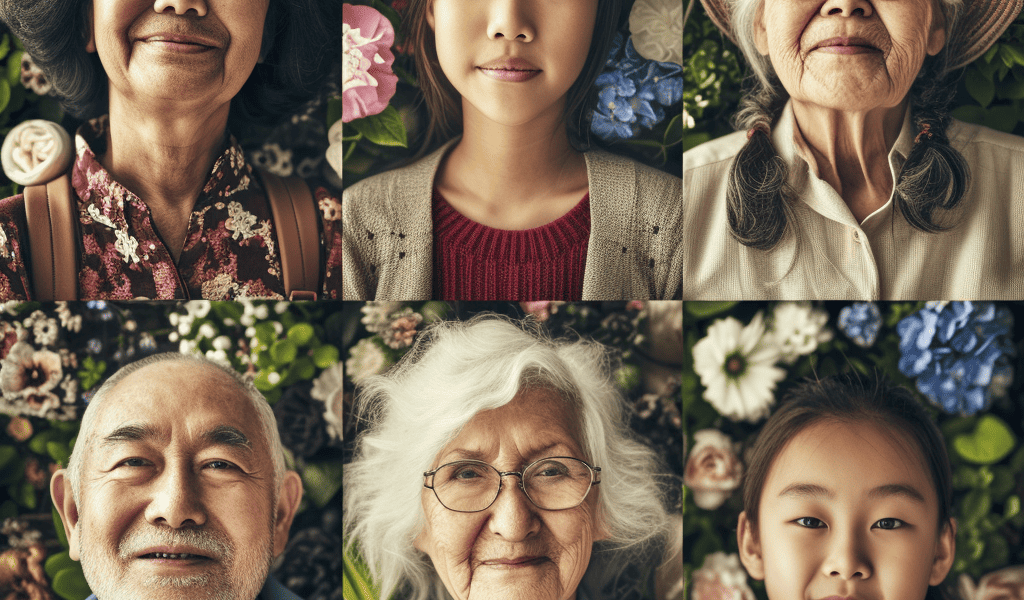A new study has found that the life expectancy gap between men and women is narrowing globally. Research analyzing mortality data from over 190 countries revealed that on average, people are living longer, and the disparity in life expectancy between the sexes is decreasing.
Zooming in on countries with the best outcomes, such as North America, Europe, Japan, Australia, and New Zealand, the study observed that in 1990, females had an average life expectancy of 77.17 years old, while males had a life expectancy of 72.23. By 2010, these figures rose to 83.10 for females and 78.37 for males, indicating a slight narrowing of the life-span gap by about 0.2 years.
The trend suggests that male life spans are increasing at a faster rate than female life spans, leading to the convergence of life expectancies between the sexes. The study predicts that by 2030, the average life expectancy will be 86.54 years old for females and 83.13 years old for males.
Dr. Brandon Yan, a physician at the University of California, San Francisco School of Medicine, commented that the findings are consistent with epidemiologic trends indicating a rise in global life expectancy and a reduction in the gender gap over time.
Past research from the World Health Organization also supports these trends, showing an increase in global life expectancy from 66.8 years old in 2000 to 73.4 years old in 2019. Additionally, a 2022 study revealed that the gap in life expectancy between females and males narrowed in 10 countries between 1998 and 2016, indicating that these trends are persistent at a global level.
However, in contrast to global data, Yan’s report on the sex-related life-span gap in the United States suggests that the gap is widening within the country. This highlights the need for continued research and efforts to address disparities in life expectancy between men and women.





